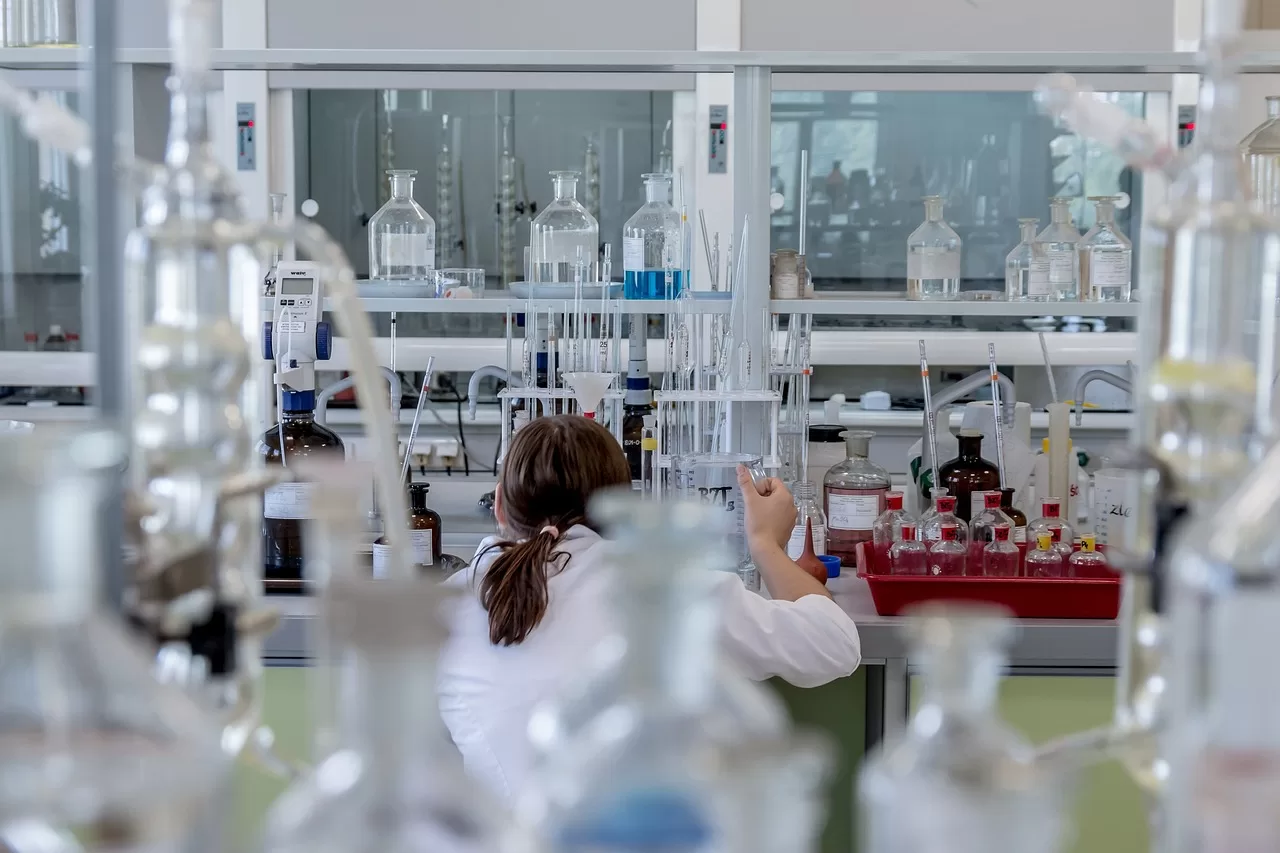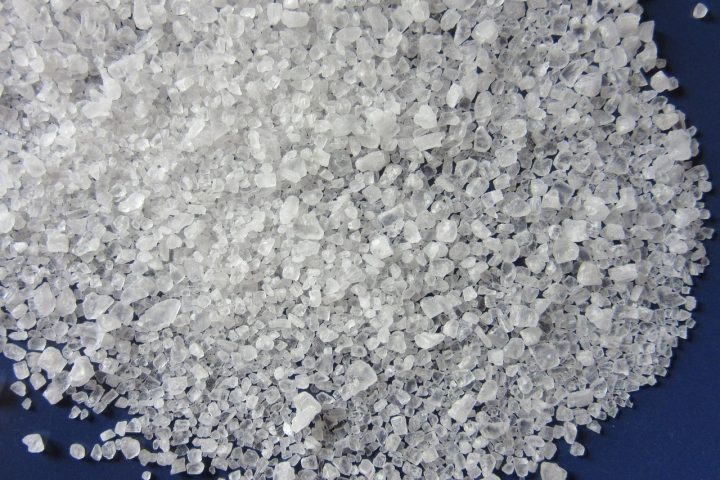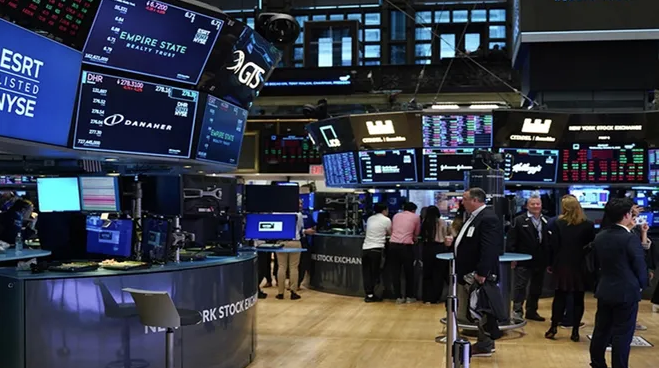Cryptocurrencies are usually ‘mined’ through a technology called blockchain. In this process, a computer is asked to perform a complex math problem in exchange for cryptocurrency tokens. But in a study published two days ago in the journal Chem, a research team of chemists used this process for a different purpose, asking computers to generate the largest network of chemical reactions ever created, which may have given life to pre-life molecules on early Earth.
The researchers’ new study points to at least some primitive forms of metabolism that could have arisen without enzymes, and shows the potential for blockchain technology to be used outside the financial sector and in jobs that normally require the use of expensive, hard-to-access supercomputers.
“At this point, we can state that we have thoroughly looked at all possible chemical reactions that scientists believe operated on primordial Earth,” says Bartosz A. Grzibowski, senior author of the paper, who works at the Korean Institute of Basic Sciences and the Polish Academy of Sciences.
To create this network, the researchers selected a set of starting molecules that would have been present on early Earth, including water, methane and ammonia, and set rules for which reactions could take place between different types of molecules. They then translated this information into a language that computers could understand and, using a blockchain, calculated which reactions would occur in multiple expansions of a giant reaction network.
“The computer took these primitive molecules and accepted their pre-life chemistry,” says Grzibowski. “We coded them into the machine and then released them into the world.”
Grzibowski’s team worked with chemists and computer scientists at a company called Allchemy. The company uses artificial intelligence to plan chemical synthesis, building the network with the Golem platform. This platform distributes various parts of the calculations to hundreds of computers around the world and receives cryptocurrency for the time spent on the calculation.
The resulting network, called NOEL, an English acronym for Network of Early Life, started with more than 11 billion chemical reactions, which the researchers reduced to 4.9 billion plausible reactions. NOEL includes the synthesis of 128 simple biotic molecules, such as sugars and acids, with parts of well-known metabolic pathways, such as glycolysis, which closely mimics the Krebs cycle and is used by living things to produce energy.
Of the 4.9 billion reactions that are generated, interestingly only a few hundred reaction cycles can be called “self-repeating”, meaning that these molecules produce additional copies of themselves. The process of self-replication is widely accepted to play a central role in the emergence of life. But the vast majority of known manifestations of the process require complex macromolecules such as enzymes.
“Our results mean that self-replication is a rare event, with only a small amount of molecules present,” says Grzibowski. “I don’t think this kind of self-replication was going on on the primitive Earth before larger molecular structures somehow formed. We see the emergence of primitive metabolism, but we don’t see self-replication. So self-replication may have arisen later in evolution.”
“If you had asked me two years ago, I would have thought it would have taken years to do this kind of work, but with just a fraction of the cost, and in two, three months, we finished a 10 billion reaction job that was 100,000 times bigger than anything we had done before.”
The new study not only advances what we know about early pre-life chemistry, but also shows how science can be made more accessible to researchers working at smaller universities and institutions.
“In the Western world, our education system is mostly based on elite universities. It’s very difficult for the developing world to even compete with these universities because they don’t have access to supercomputers,” says Grzibowski. “But if you can distribute the computing work in this way and at a small fraction of the cost, you can give other people the opportunity to play.”
Although the network created in the new study is processed on hundreds of computers around the world, Grzibowski argues that this method can be used in institutes without having to pay cryptocurrency tokens to the computers performing the calculations.
“With a platform like Golem, you can connect your institute’s network and perform calculations using all the free power of its computers,” says Grzibowski. “You can build this computing infrastructure without any capital outlay.”
Grzibowski hopes that this use of blockchain technology will revolutionize the way we conduct large-scale computing around the world and change our view of the value of cryptocurrency.
“I hope that people working in computer science can figure out how we can use cryptocurrencies in ways that can benefit global science,” he says. “If you could tell people that in the process we could discover new laws of biology or some new cancer drugs, maybe society would be more happy to use cryptocurrencies.”





